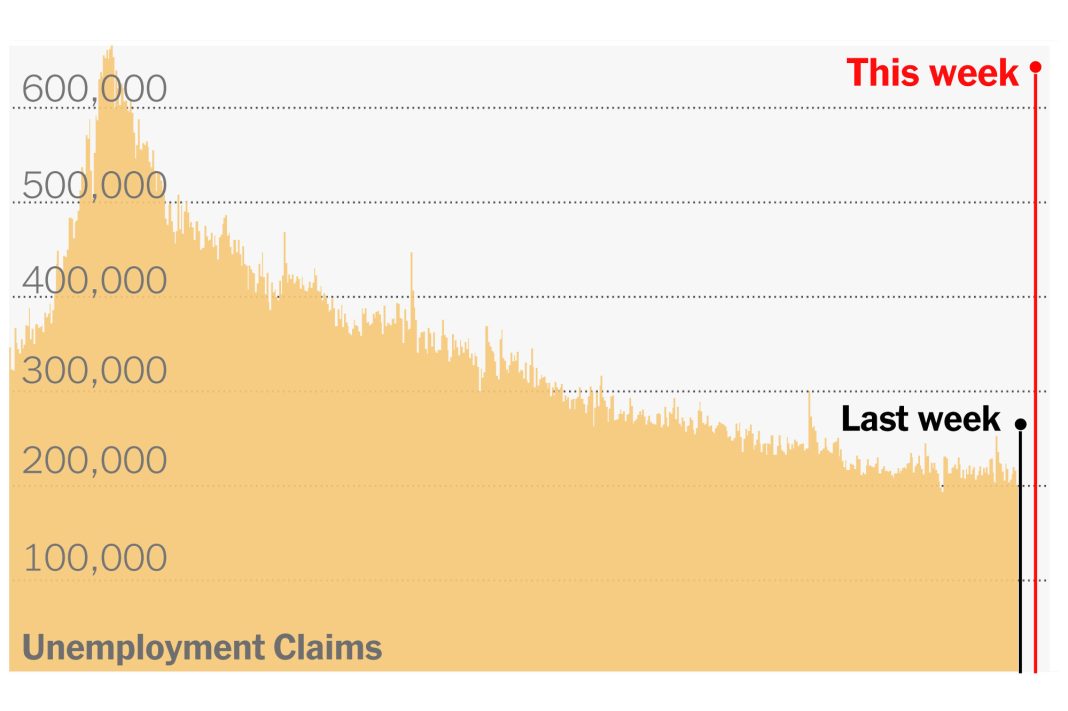The Day Israeli Tanks Fired Directly at AFP’s Gaza Bureau
Introduction:
An investigation conducted by Arab Reporters for Investigative Journalism as part of The Gaza Project reveals that the Agence France-Presse (AFP) office in Gaza was directly fired at by Israeli tanks. The investigation, which involved independent visual and audio analyses, confirms that the tanks fired four times at the AFP offices on November 2, causing extensive damage. This incident is part of a pattern of attacks on media facilities by the Israeli military, which raises concerns about the safety of journalists and the targeting of press infrastructure in Gaza.
The Strike on Al Ghefari Tower:
On November 2, Alhurra TV broadcasted live footage of a strike on the al-Ghefari tower, which housed media offices in Gaza City. Unbeknownst to the presenter, the strike was on another media organization, Agence France-Presse (AFP), located just a few hundred meters away. The AFP office was damaged and made unusable by the attack. AFP had been the only major global news agency still broadcasting live from Gaza.
Israeli Military’s Response:
AFP immediately contacted the Israeli military, who initially denied any strikes on the building. However, the extent of the damage could not be explained by the military’s response. AFP called for an in-depth and transparent investigation into the incident. The condemnations were swift, with AFP’s chair and chief executive demanding answers and organizations like the Committee to Protect Journalists (CPJ) calling it an “attack.”
Investigation Findings:
The four-month investigation revealed that the Israeli tanks directly fired at the AFP office. Independent visual and audio analyses confirmed this, with experts concluding that the tanks intended to hit that specific floor. The investigation also highlighted a series of flashes of light appearing before each explosion, indicating shots being fired from about 3 kilometers away. Satellite imagery and eyewitness accounts further supported these findings.
Similar Attack on Palestine Media Group (PMG):
The investigation also discovered footage of an earlier strike on the Palestine Media Group (PMG) offices in the same building, just 51 minutes before the strike on AFP. The PMG offices were also directly fired at by Israeli tanks, causing significant damage. While the AFP incident gained international attention, the attack on PMG received less recognition, highlighting a pattern of prioritizing international journalists over local ones.
Importance of Livestreams:
Livestreams from media organizations like AFP and PMG play a crucial role in documenting events and providing evidence of potential war crimes. The shutdown of the AFP camera’s live feed marked the end of an important avenue for information gathering. The international community must give equal importance to the safety of local journalists and recognize the significance of their work.
Conclusion:
The investigation into the attack on the AFP office in Gaza reveals a disturbing pattern of attacks on media facilities by the Israeli military. The targeting of press infrastructure raises concerns about the safety of journalists and the freedom of the press. Livestreams from media organizations serve as critical evidence and must be protected. The international community must address these issues and hold those responsible accountable for their actions.


